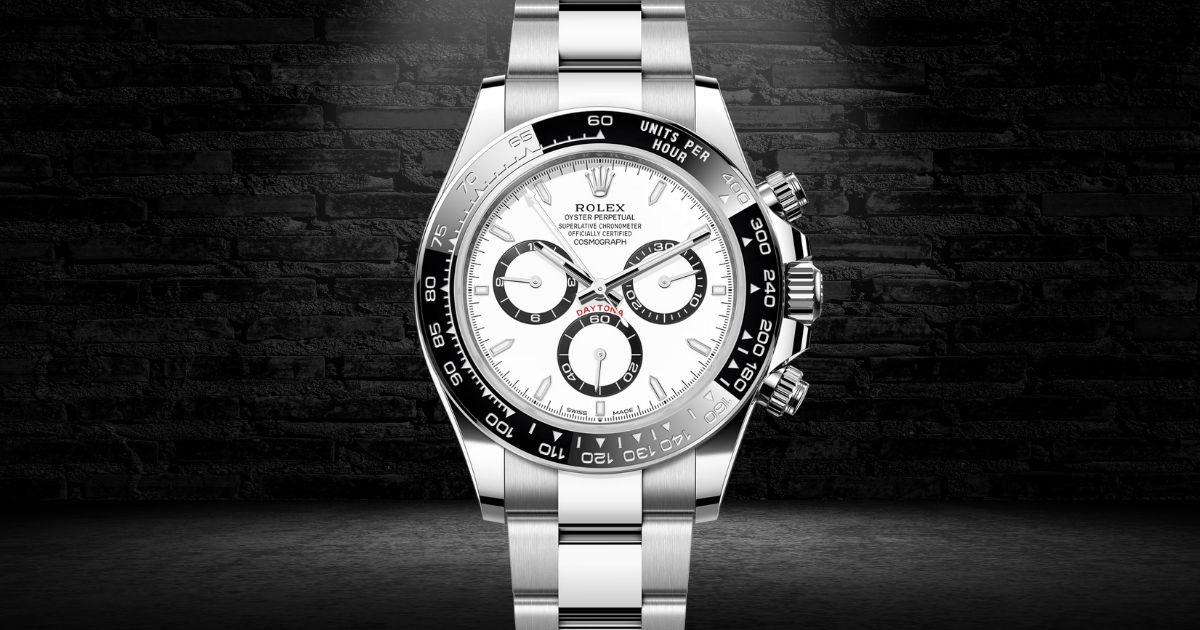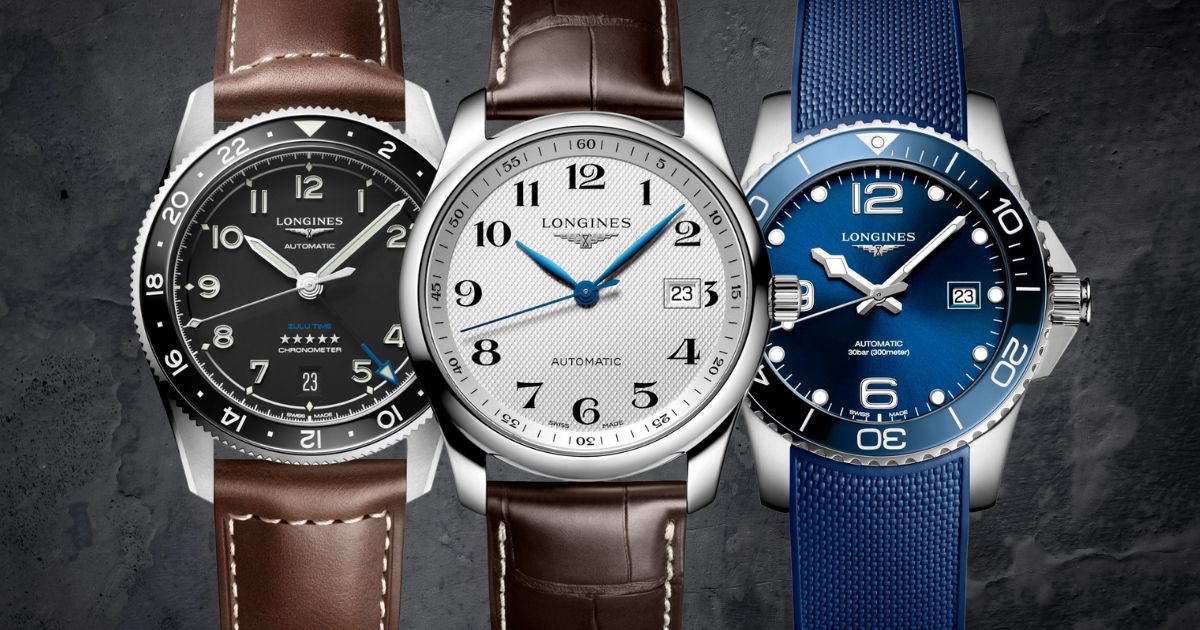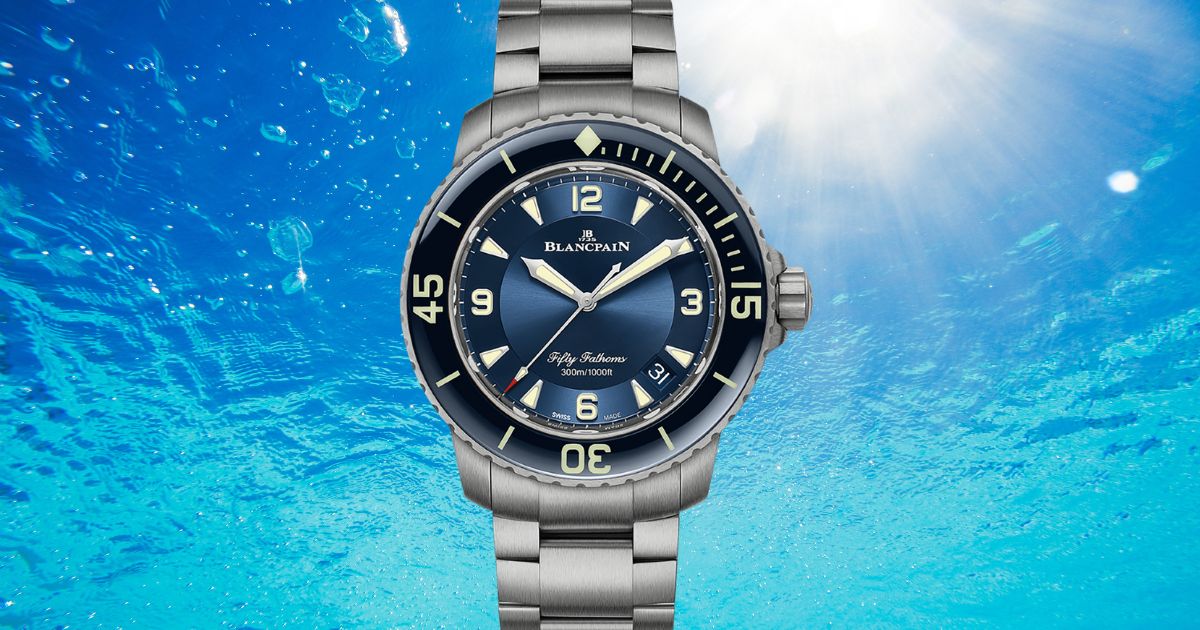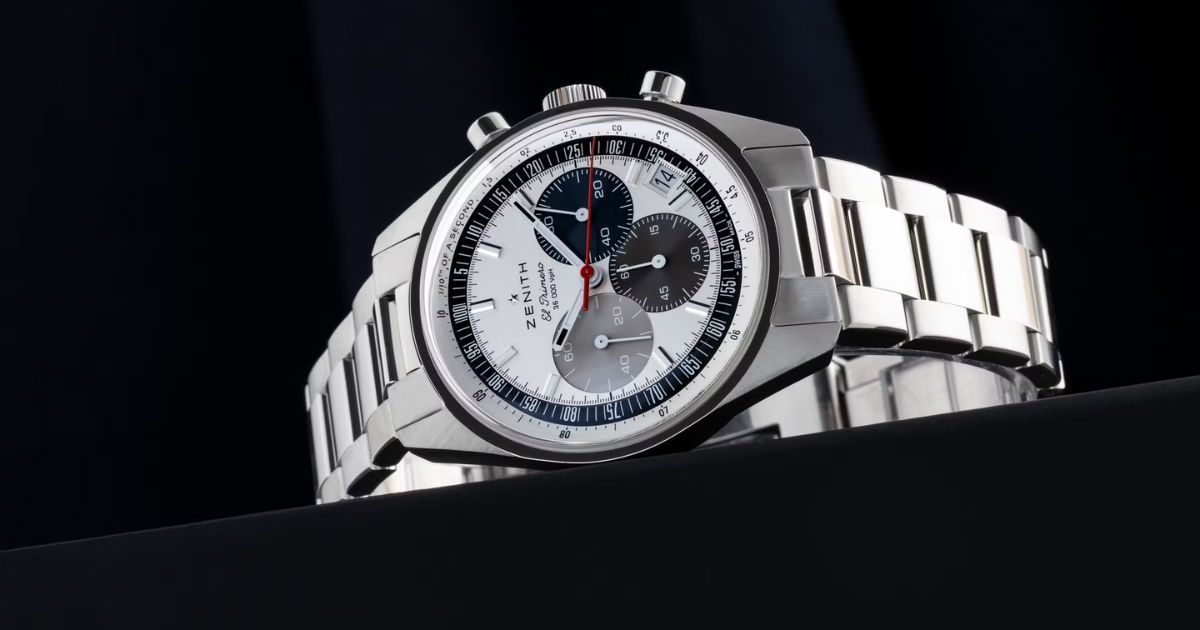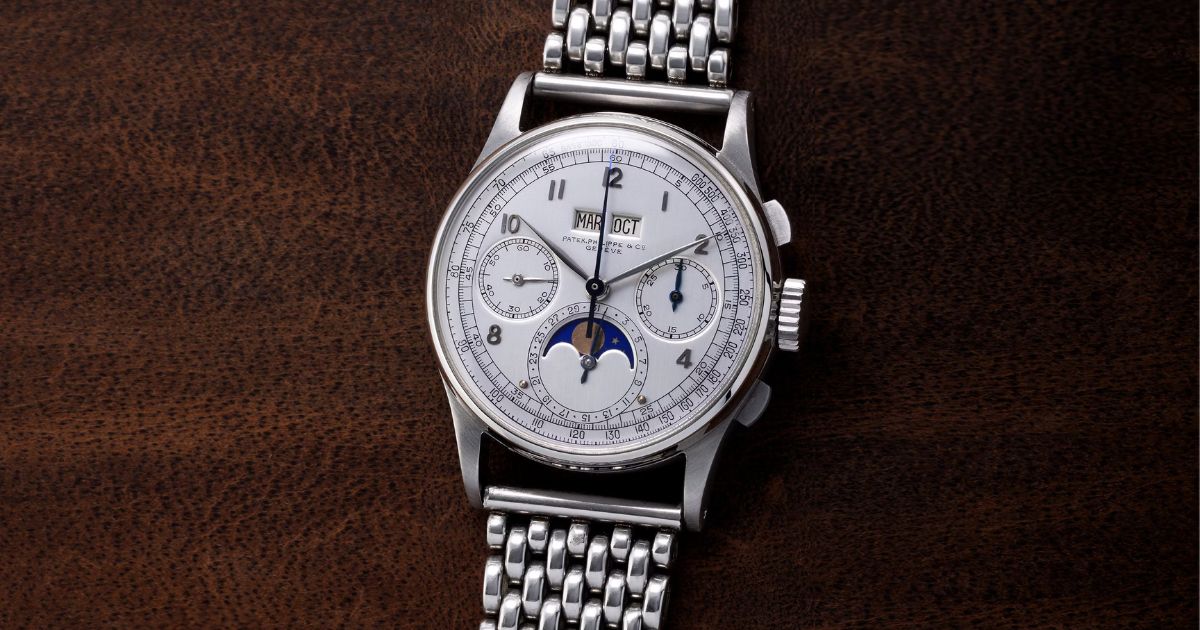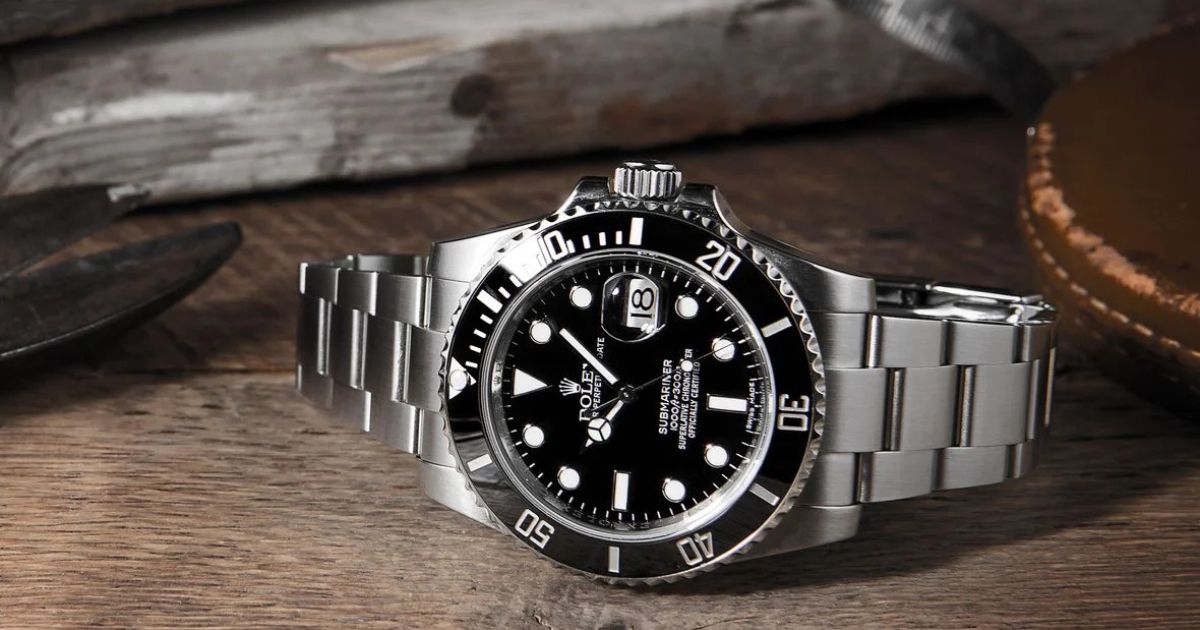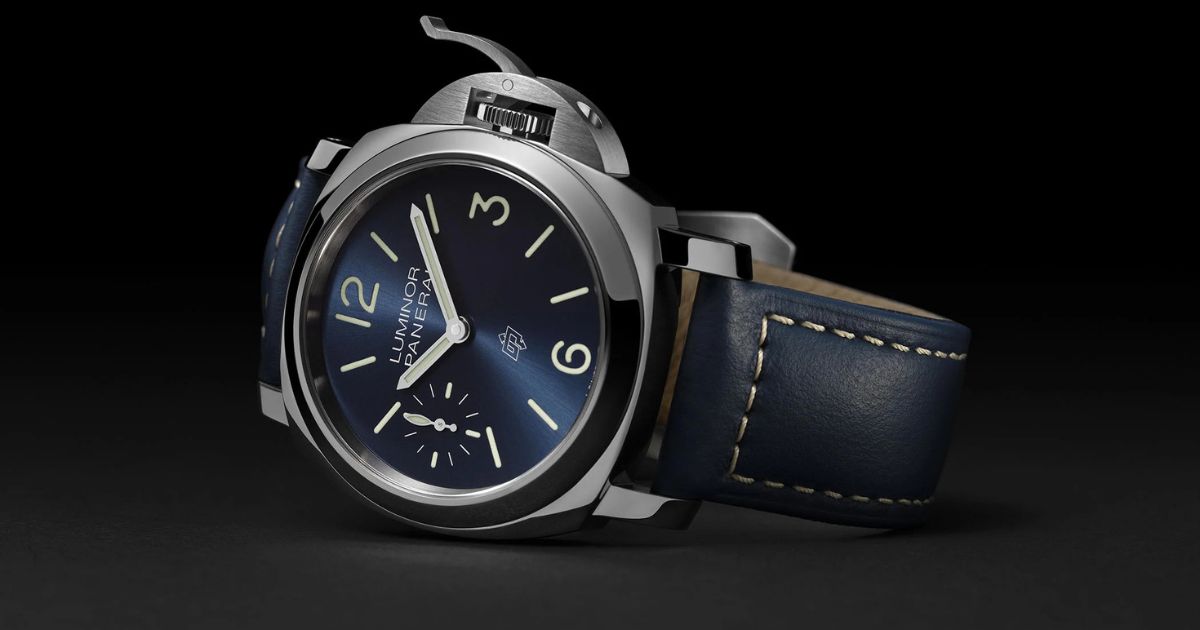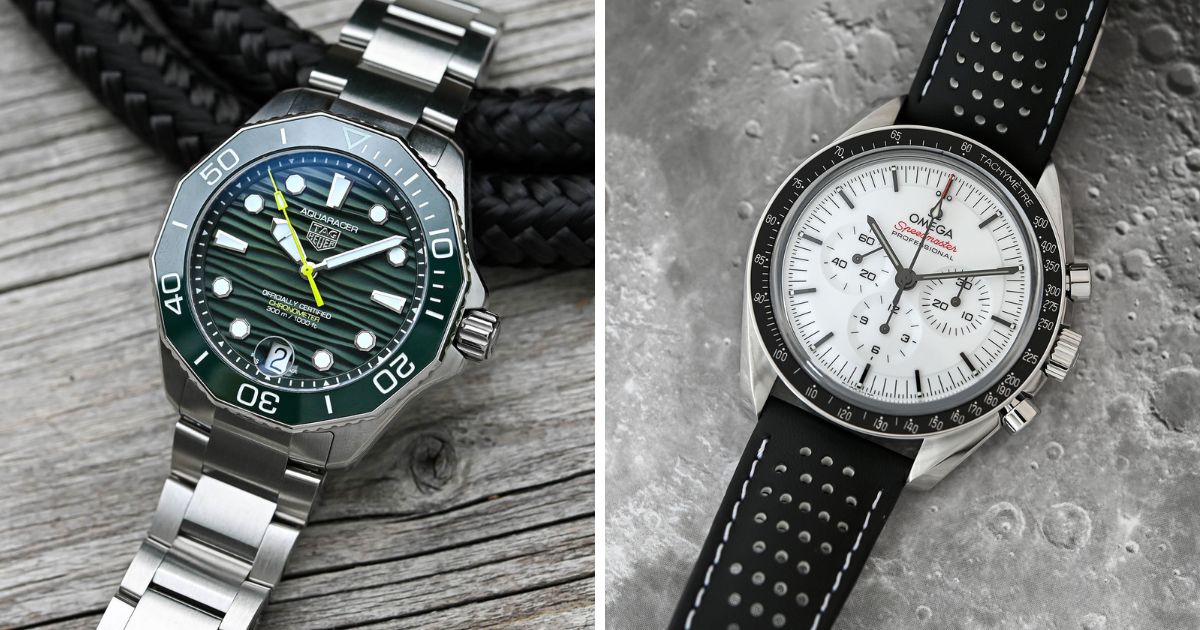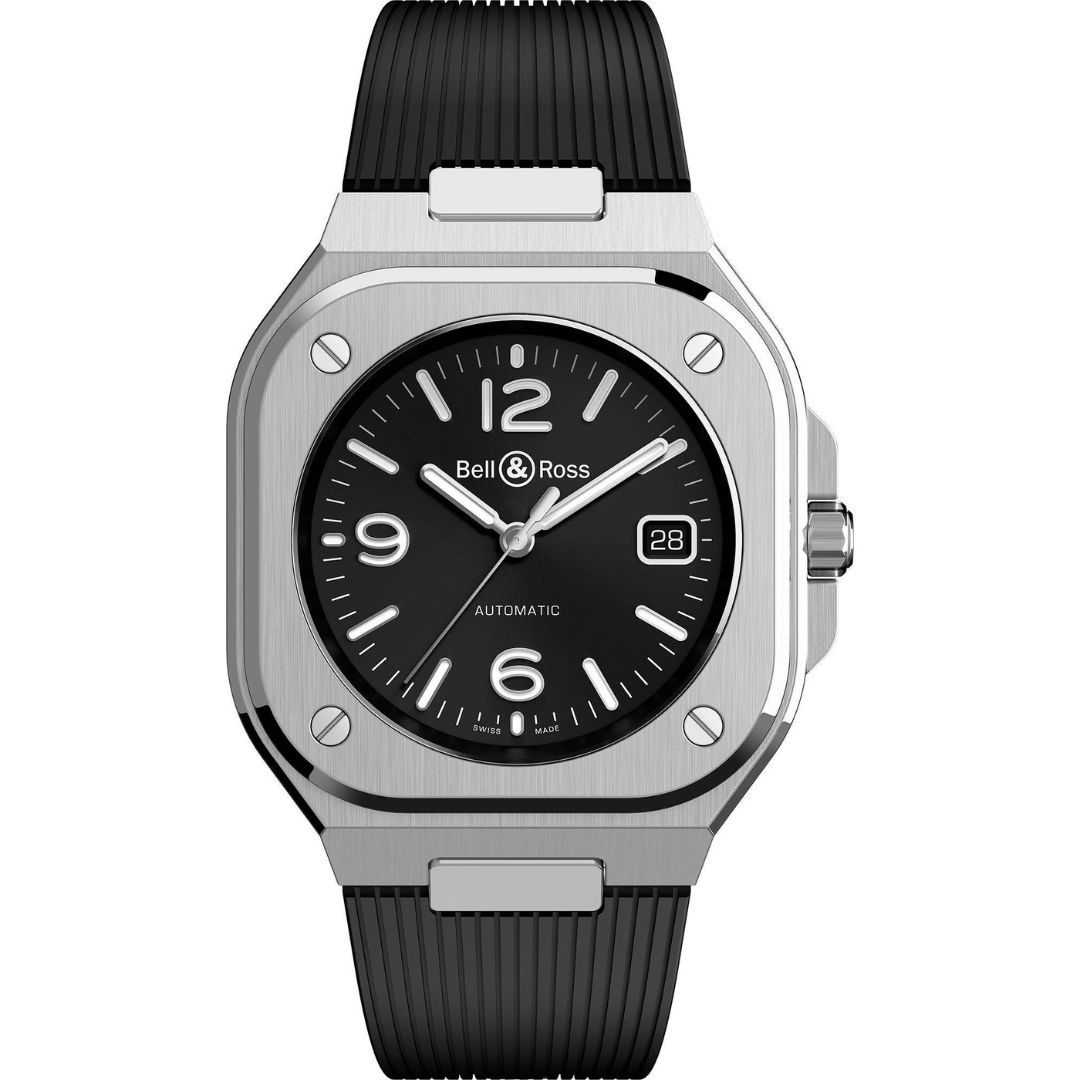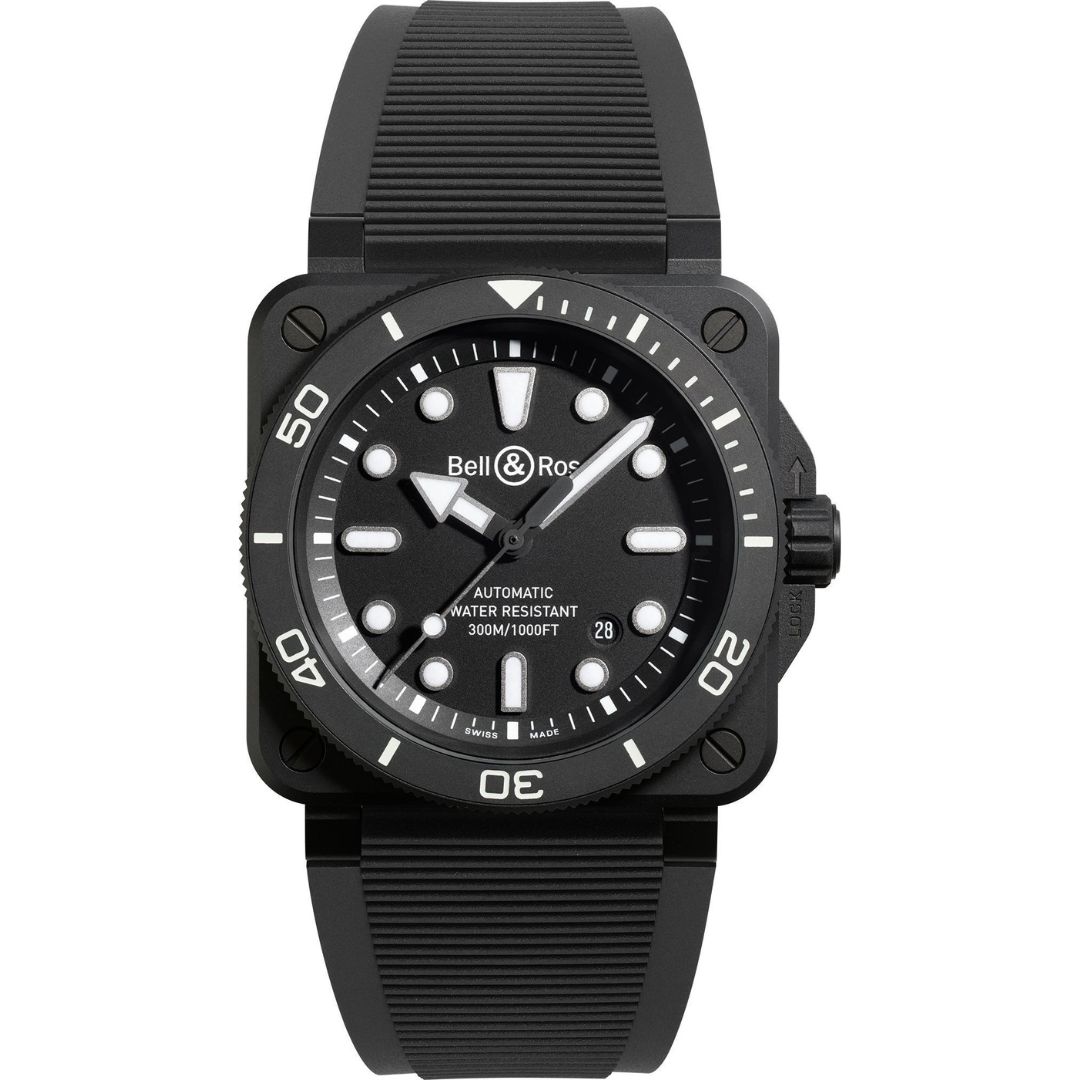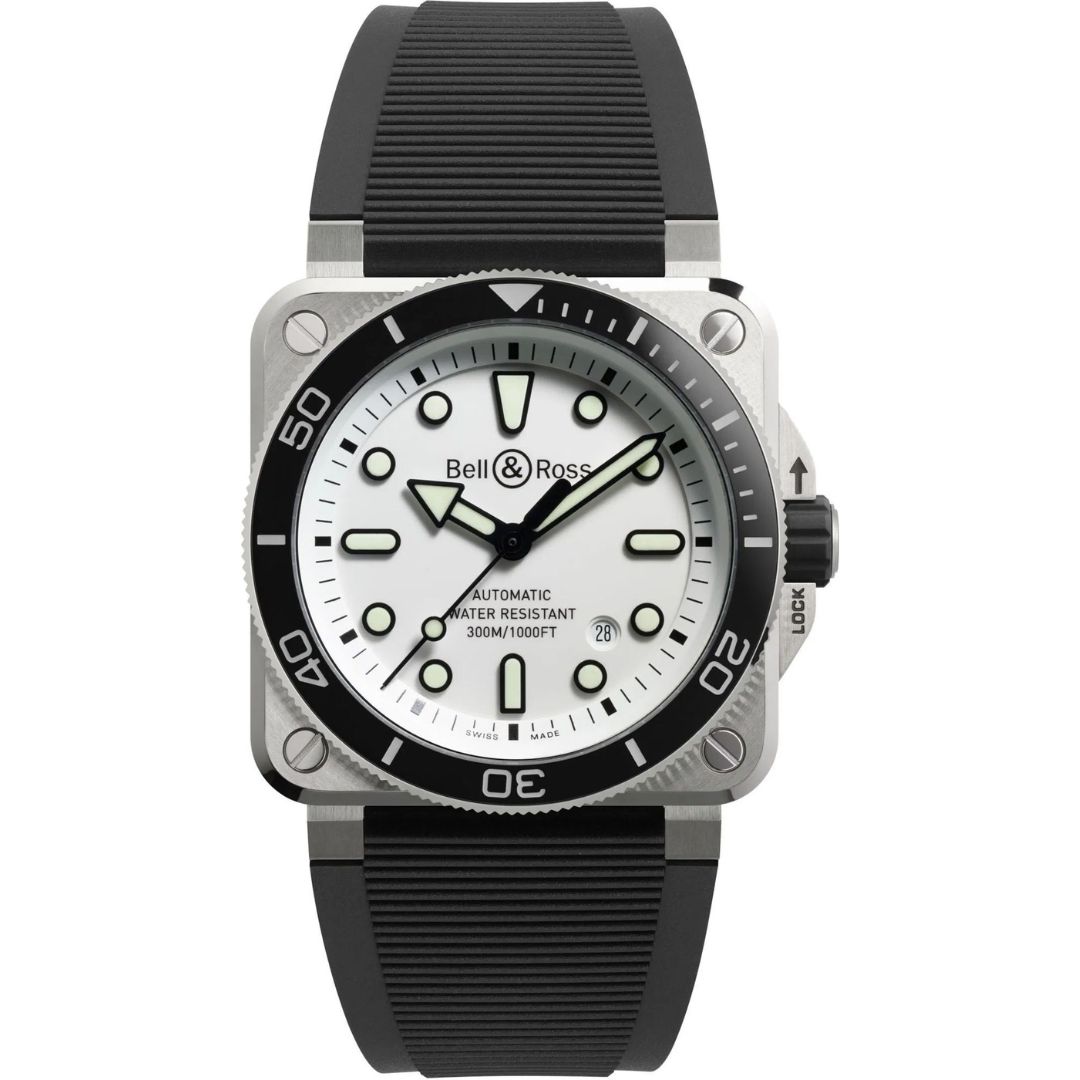When it comes to haute horology, three names stand above the rest: Patek Philippe, Audemars Piguet, and Vacheron Constantin. Collectively known as the “Holy Trinity” or “Big Three” of watchmaking, these brands represent the pinnacle of craftsmanship, innovation, and prestige.
Among them, Audemars Piguet (AP) holds a unique position. While Patek Philippe is often associated with timeless elegance and Vacheron Constantin with classical refinement, AP is celebrated for its bold designs, technical mastery, and avant-garde spirit.
In this deep dive, we’ll explore why Audemars Piguet rightfully belongs in the “Big Three,” examining its history, iconic models, technical innovations, and enduring influence in the luxury watch world.
A Legacy of Excellence: The History of Audemars Piguet
Founded in 1875 by Jules-Louis Audemars and Edward-Auguste Piguet in the Vallée de Joux, Switzerland, Audemars Piguet has remained a family-owned company for nearly 150 years—a rarity in an industry dominated by conglomerates.
From the beginning, AP distinguished itself by focusing on high-complication watches rather than mass production. Some key milestones:
- 1882: Produced the first grande complication pocket watch.
- 1892: Created the first minute-repeating wristwatch.
- 1921: Introduced the world’s thinnest pocket watch movement.
- 1972: Revolutionized watchmaking with the Royal Oak, the first luxury sports watch in steel.
Unlike many brands that rely on historical designs, AP continuously pushes boundaries, blending tradition with modernity.
The Royal Oak: The Watch That Changed Everything
No discussion of Audemars Piguet is complete without the Royal Oak. Designed by Gérald Genta and launched in 1972, it was a game-changer for several reasons:
The Birth of the Luxury Sports Watch
Before the Royal Oak, luxury watches were mostly precious metal dress watches. AP took a risk by crafting a high-end sports watch in stainless steel—unheard of at the time.
Iconic Design
- Octagonal bezel with exposed screws (inspired by a ship’s porthole).
- “Tapisserie” guilloché dial (a signature AP texture).
- Integrated bracelet for seamless aesthetics.
Initially controversial due to its high price for steel, the Royal Oak eventually became a status symboland remains one of the most coveted watches today.
Evolution of the Royal Oak
Over the decades, AP expanded the Royal Oak line with:
- Royal Oak Offshore (1993): A bolder, more rugged version.
- Royal Oak Concept (2002): Experimental, high-tech designs.
- Royal Oak Perpetual Calendar: Combining sportiness with grand complications.
The Royal Oak’s success proved that luxury could be sporty, influencing countless other brands.
Mastery of Complications: Beyond the Royal Oak
While the Royal Oak is AP’s most famous model, the brand’s true horological mastery lies in its high-complication watches.
Ultra-Thin Expertise
AP has a long history of creating record-breaking thin movements, such as:
- Royal Oak Ultra-Thin (RD#2, 2018): Just 6.3mm thick with automatic winding.
- Millenary Minute Repeater (2016): A supreme example of acoustic engineering in a slim case.
Grande Complications
AP produces some of the most mechanically intricate watches, including:
- Perpetual Calendars (like the Royal Oak Perpetual Calendar).
- Tourbillons (both classic and avant-garde).
- Minute Repeaters (with exceptional sound quality).
- Chronographs (like the [Re]master01 with vintage appeal).
Unique Innovations
- Escapement advancements: AP developed the Direct-Impulse Escapement for greater precision.
- Luminous Ceramic: AP introduced glow-in-the-dark ceramic in the Royal Oak Perpetual Calendar.
These feats cement AP’s place among the finest watchmakers in history.
Handcrafted Excellence: The Art of Finishing
One hallmark of the “Big Three” is exceptional finishing, and AP is no exception. Each watch undergoes meticulous hand-decoration, including:
- Côtes de Genève (Geneva stripes).
- Anglage (beveled edges).
- Perlage (circular graining).
- Hand-engraved balance bridges and rotors.
Unlike mass-produced luxury watches, AP ensures that even the hidden parts of the movement are beautifully finished—a mark of true haute horology.
Cultural Impact & Celebrity Endorsements
Beyond technical brilliance, AP’s cultural influence strengthens its “Big Three” status.
Celebrity & Athlete Appeal
AP has long been a favorite among:
- Rappers (Jay-Z, Drake, LeBron James) – Often referenced in lyrics.
- F1 Drivers (Fernando Alonso, Max Verstappen) – Symbolizing precision and speed.
- Hollywood Stars (Arnold Schwarzenegger, Mark Wahlberg) – Worn in films and red carpets.
Collaborations & Limited Editions
AP has partnered with elite names like:
- Marvel (Black Panther, Spider-Man Royal Oaks).
- Musicians (Travis Scott’s custom Offshore).
- Fashion (Collaborations with brands like Alyx).
These moves keep AP culturally relevant while maintaining exclusivity.
Rarity & Exclusivity: Why AP Retains Its Value
Unlike brands that produce hundreds of thousands of watches yearly, AP keeps production low(estimated at 40,000–50,000 pieces annually). This scarcity ensures:
- Strong secondary market demand (Royal Oaks often sell above retail).
- Long-term appreciation (vintage APs are highly collectible).
- Exclusivity (unlike more widely available luxury brands).
The Future of Audemars Piguet
AP continues to innovate while respecting tradition:
- Code 11.59: A modern dress watch line with avant-garde design.
- Sustainability efforts: Using recycled gold and responsible sourcing.
- Next-gen materials: Like forged carbon and ceramic.
Unlike some heritage brands that resist change, AP embraces evolution without losing its soul.
Conclusion: Why AP Deserves Its “Big Three” Status
Audemars Piguet earns its place among the Holy Trinity because:
✅ Pioneered the luxury sports watch (Royal Oak).
✅ Masters of complications (ultra-thin, minute repeaters, tourbillons).
✅ Unmatched finishing & craftsmanship.
✅ Cultural relevance & celebrity appeal.
✅ Exclusivity & strong resale value.
While Patek Philippe and Vacheron Constantin excel in classical elegance, AP brings daring innovation—proving that haute horology can be both traditional and revolutionary.
For collectors and enthusiasts, owning an Audemars Piguet isn’t just about telling time—it’s about wearing a piece of watchmaking history.































